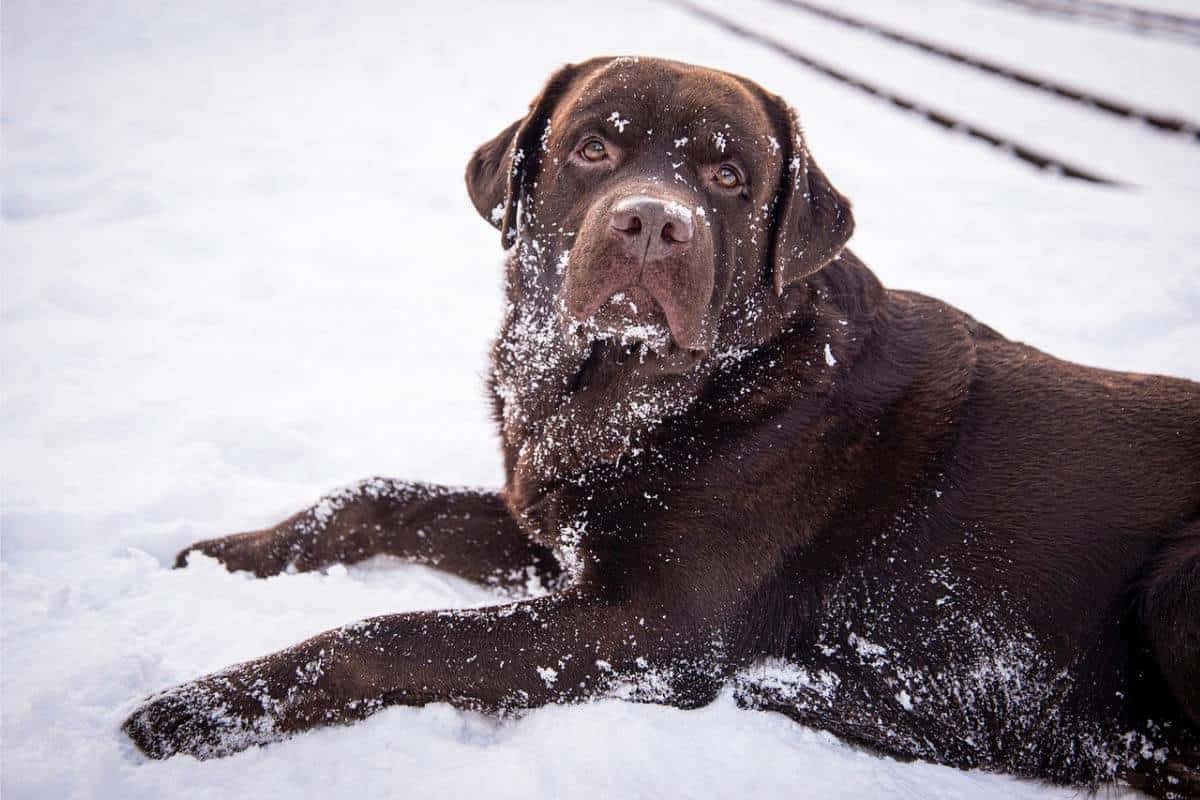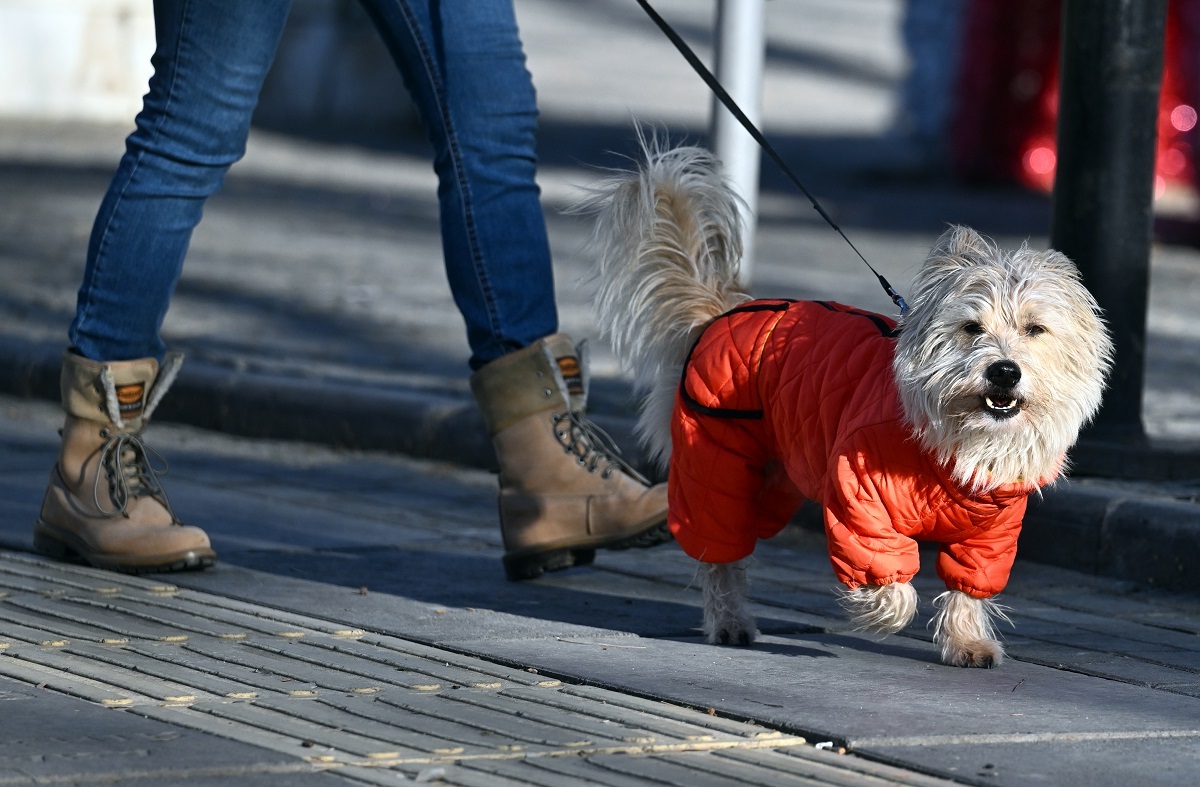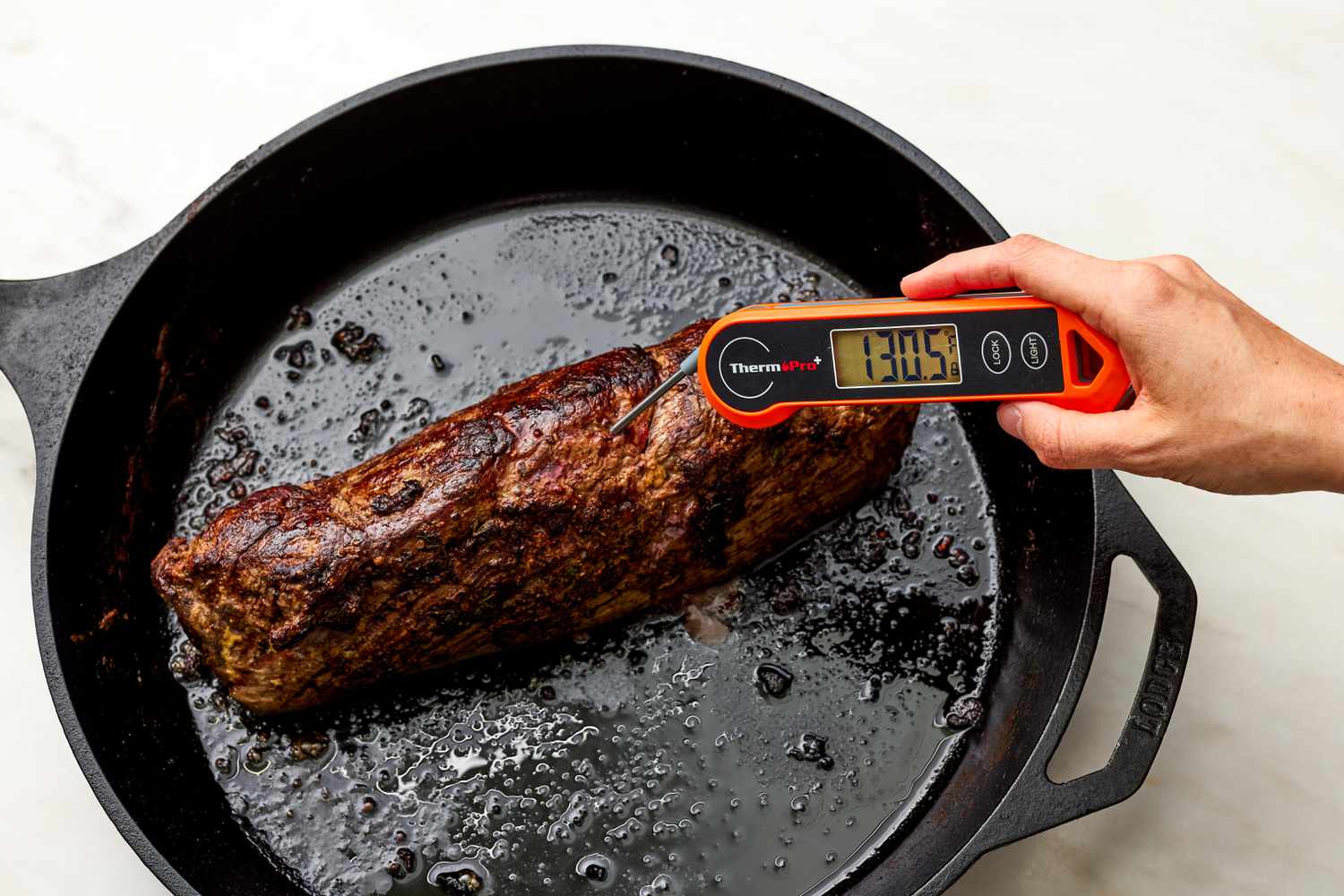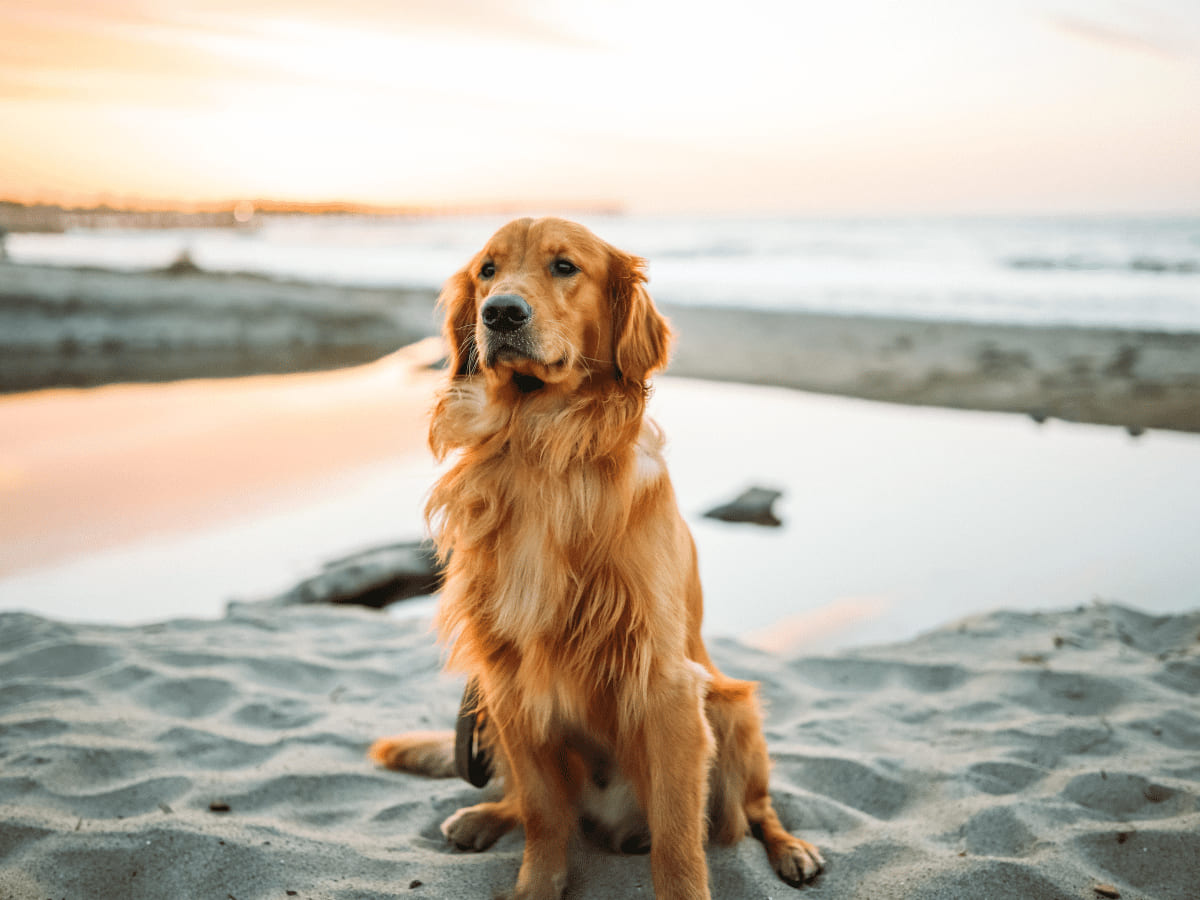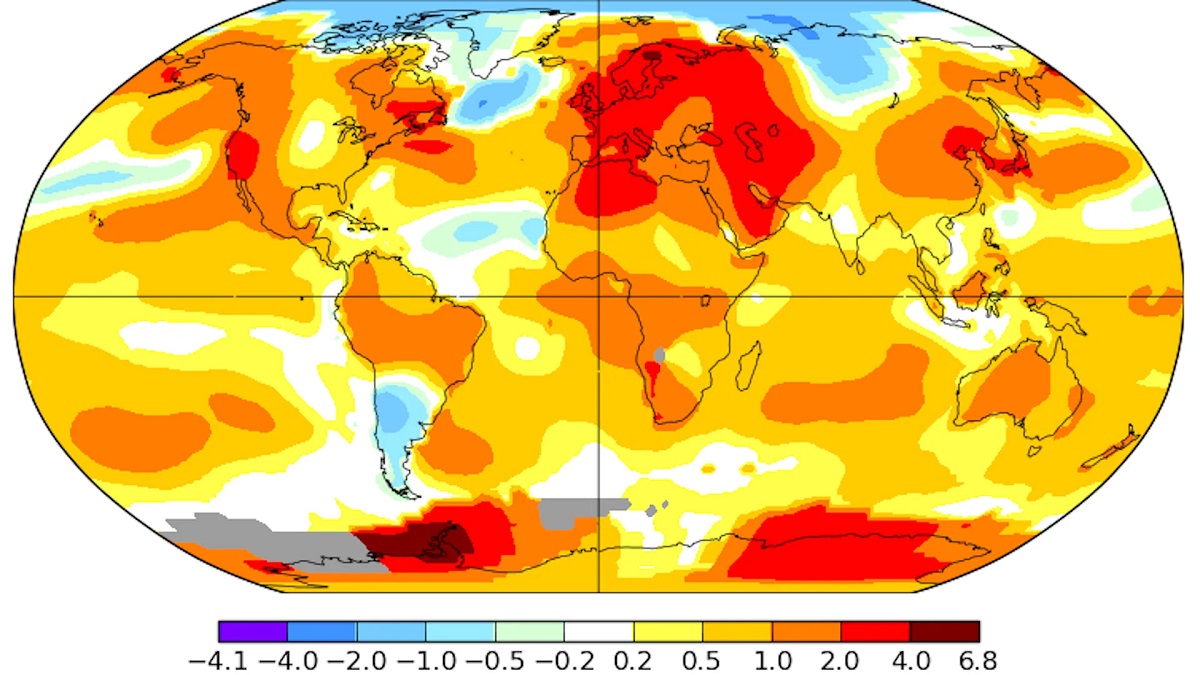Home>Health & Nutrition>Ideal Temperature For Dogs To Wear A Coat
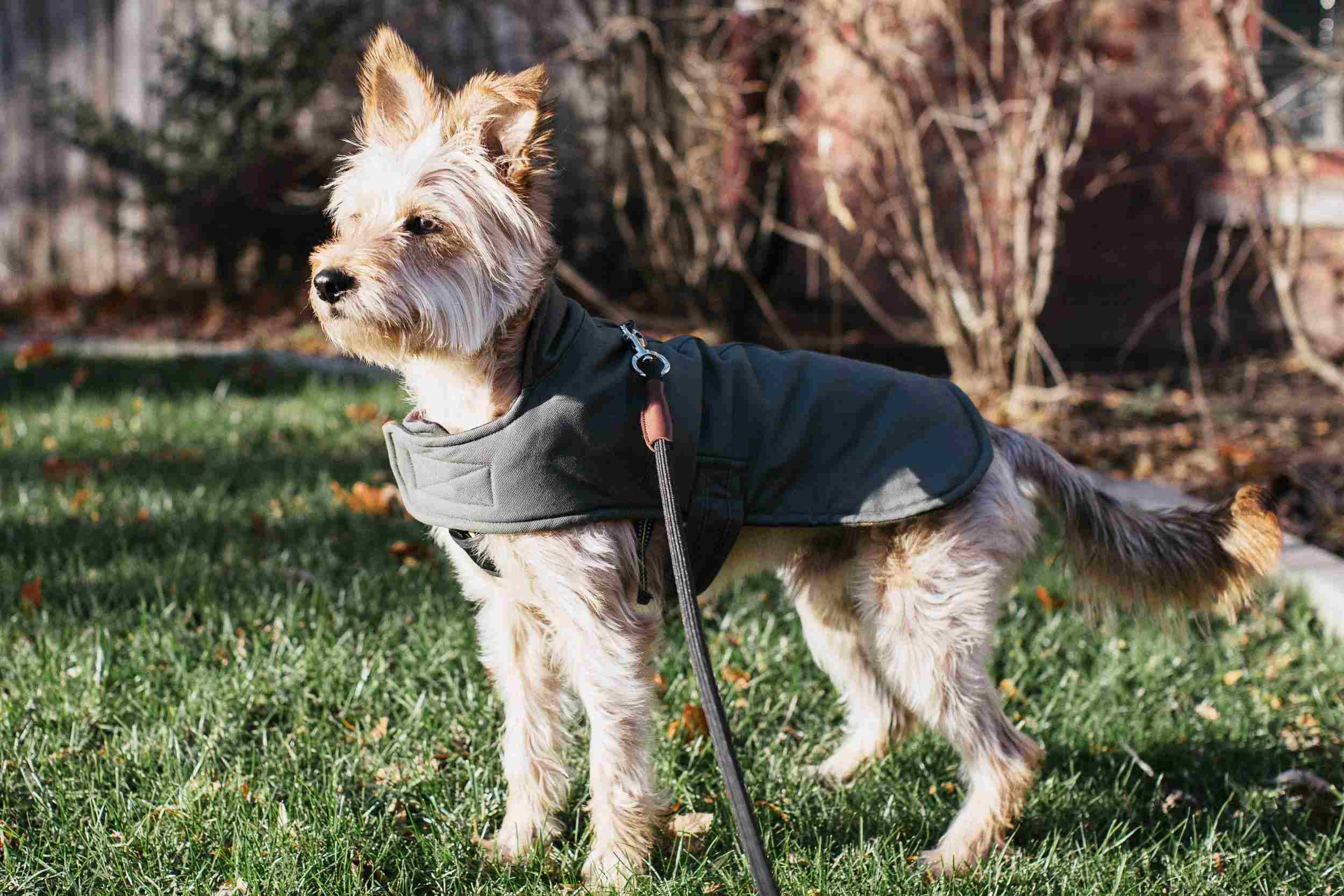

Health & Nutrition
Ideal Temperature For Dogs To Wear A Coat
Published: March 4, 2024
Find out the ideal temperature for dogs to wear a coat and ensure their health & nutrition with our expert tips. Keep your furry friend comfortable and healthy.
(Many of the links in this article redirect to a specific reviewed product. Your purchase of these products through affiliate links helps to generate commission for Temperatures.com, at no extra cost. Learn more)
Table of Contents
Importance of Regulating Dog's Body Temperature
Regulating a dog's body temperature is crucial for maintaining their overall health and well-being. Dogs, like humans, are susceptible to temperature extremes, and ensuring that they are neither too hot nor too cold is essential for their comfort and health.
Dogs have a higher body temperature than humans, averaging around 101 to 102.5 degrees Fahrenheit. This means that they are more tolerant of colder temperatures than warmer ones. However, extreme cold can still pose a threat to their well-being, especially for breeds with short coats or those that are not acclimated to colder climates.
In colder weather, dogs rely on their fur to provide insulation and help retain body heat. However, certain factors such as age, size, coat density, and overall health can affect their ability to regulate body temperature effectively. Puppies, senior dogs, and smaller breeds may have more difficulty retaining heat, making them more susceptible to the cold.
On the other hand, in warmer weather, dogs rely on panting and vasodilation (expansion of blood vessels) in their skin to dissipate heat and regulate their body temperature. However, excessive heat can lead to heatstroke, dehydration, and other heat-related illnesses, particularly in breeds with thick coats or brachycephalic (short-nosed) breeds that are less efficient at cooling themselves.
Regulating a dog's body temperature is not only about protecting them from discomfort but also plays a vital role in preventing heatstroke, hypothermia, and other temperature-related health issues. Providing appropriate clothing, such as coats, can help dogs maintain a comfortable body temperature in various weather conditions, ensuring their well-being and allowing them to enjoy outdoor activities safely.
Understanding the importance of regulating a dog's body temperature is the first step in ensuring their overall health and happiness. By being mindful of their individual needs and environmental factors, pet owners can take proactive measures to help their furry companions stay comfortable and safe in any weather condition.
Read more: The Ideal Temperature Range For Dogs
Factors to Consider When Choosing a Dog Coat
When selecting a coat for your furry friend, several factors should be taken into account to ensure that it provides the necessary protection and comfort. Understanding these considerations will help you make an informed decision and choose the most suitable coat for your dog.
1. Size and Fit
The coat should fit your dog comfortably without being too tight or too loose. A well-fitted coat allows for freedom of movement while providing adequate coverage. It's essential to measure your dog's neck, chest, and length to ensure a proper fit, as coats that are too small can restrict movement and cause discomfort, while oversized coats may not provide sufficient warmth.
2. Weather Conditions
Consider the typical weather conditions in your area when choosing a dog coat. For colder climates, opt for insulated coats with additional lining to provide warmth and protection from wind and moisture. In contrast, coats designed for warmer climates should offer breathability and UV protection to prevent overheating and sunburn.
3. Breed and Coat Type
Different dog breeds have varying coat lengths and densities, which can impact their tolerance to different weather conditions. Breeds with short coats or minimal undercoat may require extra insulation in colder weather, while breeds with thick fur may benefit from lighter, water-resistant coats to shield them from rain and snow.
Read more: Ideal Temperature Range For Dogs In A House
4. Activity Level
Consider your dog's activity level and the type of outdoor activities they engage in. Active dogs may require coats that allow for unrestricted movement and breathability, while less active or senior dogs may benefit from coats with added warmth and coverage.
5. Comfort and Material
Choose a coat made from comfortable, non-restrictive materials that are easy to clean and maintain. Look for water-resistant or waterproof fabrics to keep your dog dry in wet conditions, and ensure that the coat's closures and fastenings are secure and easy to use.
6. Reflective Features
For evening walks or low-light conditions, coats with reflective strips or accents can enhance visibility and safety, making your dog more visible to motorists and other pedestrians.
Considering these factors when choosing a dog coat will help you select the most suitable option for your furry companion, ensuring that they stay comfortable, protected, and stylish in any weather condition.
Signs That Indicate Your Dog Needs a Coat
Observing your dog's behavior and physical cues can provide valuable insights into whether they require the added protection of a coat. Here are several signs that indicate your furry friend may benefit from wearing a coat:
-
Shivering: If you notice your dog shivering or trembling, especially during outdoor activities in cold weather, it's a clear indication that they are feeling the chill. Shivering is a natural response to help generate body heat, but prolonged shivering can be a sign that your dog needs extra insulation to stay warm.
-
Seeking Warmth: Dogs instinctively seek out warm spots when they feel cold. If your dog frequently tries to snuggle up against heaters, blankets, or other warm objects, it's a sign that they are feeling the cold and could benefit from the added warmth provided by a coat.
-
Lifting Paws: When walking on cold surfaces, such as snow or ice, dogs may lift their paws in an attempt to avoid direct contact with the chilly ground. This behavior indicates discomfort from the cold and suggests that a protective coat could help insulate their body and keep them more comfortable during outdoor excursions.
-
Curling Up: If your dog curls up tightly while resting or sleeping, it's a natural way for them to conserve body heat. This behavior is particularly common in breeds with shorter coats or those that are less tolerant to cold temperatures. Providing them with a coat can offer additional warmth and comfort, encouraging a more relaxed and extended posture.
-
Visible Discomfort: Dogs may exhibit signs of discomfort when exposed to extreme temperatures. This can include restlessness, whining, or attempting to seek shelter. If your dog displays signs of distress or appears reluctant to engage in outdoor activities, it may be an indication that they need the protective barrier of a coat to shield them from the elements.
-
Hair Standing Up: Some dogs may experience their hair standing up, particularly along the spine, when they are feeling cold. This physiological response is an attempt to trap air and create a layer of insulation. However, providing a well-fitted coat can offer a more effective means of retaining body heat and preventing discomfort.
By recognizing these signs, pet owners can proactively address their dog's need for additional warmth and protection. Understanding these cues enables responsible pet care, ensuring that dogs can comfortably and safely enjoy their time outdoors, regardless of the prevailing weather conditions.
Read more: Ideal Indoor Temperature For Dogs: Ensuring A Comfortable Environment For Your Canine Companion
Ideal Temperature Range for Dogs to Wear a Coat
Determining the ideal temperature range for dogs to wear a coat involves considering various factors, including breed, size, coat density, and individual tolerance to cold. While dogs have a natural ability to regulate their body temperature, certain conditions may warrant the use of a coat to provide additional warmth and protection.
In general, the ideal temperature range for dogs to wear a coat is between 45 to 50 degrees Fahrenheit and below. However, this range can vary based on individual factors and environmental conditions. Breeds with short coats or minimal undercoat, such as Chihuahuas, Greyhounds, and Boxers, are more susceptible to the cold and may benefit from wearing a coat in temperatures as high as 55 degrees Fahrenheit.
For smaller breeds, senior dogs, and those with health conditions, the ideal temperature range for wearing a coat may extend to 60 degrees Fahrenheit. These dogs may have difficulty retaining body heat due to factors such as age-related changes in metabolism or reduced muscle mass, making them more sensitive to cooler temperatures.
Conversely, larger breeds with thick, double-layered coats, such as Siberian Huskies and Alaskan Malamutes, are better equipped to tolerate colder temperatures and may not require a coat until the mercury drops below 45 degrees Fahrenheit. Their natural insulation and cold-resistant fur provide effective protection against chilly weather, allowing them to remain comfortable in cooler conditions.
It's important to observe your dog's behavior and physical cues to determine their comfort level in varying temperatures. Signs such as shivering, seeking warmth, or lifting paws indicate that your dog may benefit from wearing a coat to maintain a comfortable body temperature. Additionally, monitoring their response to outdoor conditions, such as windy or damp weather, can help assess their need for additional protection.
Understanding the ideal temperature range for dogs to wear a coat empowers pet owners to make informed decisions regarding their furry companions' well-being. By considering individual factors and environmental influences, pet owners can ensure that their dogs remain comfortable and protected, allowing them to enjoy outdoor activities while minimizing the risk of temperature-related discomfort or health issues.
Types of Coats Suitable for Different Temperatures
When it comes to selecting the right coat for your furry companion, it's essential to consider the specific weather conditions and your dog's individual needs. Different types of coats are designed to provide varying levels of insulation, protection, and comfort, catering to a wide range of temperatures and outdoor activities.
1. Insulated Coats for Cold Weather
Insulated coats are ideal for colder temperatures, typically below 45 degrees Fahrenheit. These coats are designed with additional padding and lining to provide superior warmth and protection from chilly winds. They are particularly beneficial for breeds with short coats or minimal undercoat, as well as senior dogs and smaller breeds that are more susceptible to the cold. Insulated coats offer excellent thermal regulation, ensuring that your dog remains comfortable and cozy during outdoor excursions in cold climates.
2. Water-Resistant Coats for Wet Conditions
For rainy or damp weather, water-resistant coats are essential for keeping your dog dry and comfortable. These coats are crafted from materials that repel moisture, such as nylon or polyester blends with waterproof coatings. They provide a protective barrier against rain, snow, and sleet, preventing your dog's fur from becoming saturated and helping to maintain their body heat. Water-resistant coats are suitable for temperatures ranging from 45 to 60 degrees Fahrenheit, offering both protection and breathability in mildly cool and wet conditions.
Read more: Ideal Temperature Range For Guinea Pigs
3. Lightweight and Breathable Coats for Mild Weather
In moderate temperatures, typically between 60 to 70 degrees Fahrenheit, lightweight and breathable coats are ideal for providing a comfortable layer of protection without causing overheating. These coats are constructed from breathable fabrics such as cotton or lightweight polyester, offering a balance of insulation and ventilation. They are suitable for active dogs engaging in outdoor activities, providing freedom of movement and preventing excessive perspiration. Lightweight and breathable coats are versatile options for transitional seasons and milder climates, ensuring that your dog remains comfortable without feeling too warm.
4. Reflective Coats for Low-Light Visibility
In addition to temperature considerations, visibility and safety are crucial factors, especially during evening walks or in low-light conditions. Reflective coats feature reflective strips or accents that enhance visibility, making your dog more noticeable to motorists and pedestrians. These coats are suitable for various temperatures and provide an added layer of safety during nighttime outings, ensuring that your dog remains visible and secure in dimly lit environments.
By understanding the different types of coats suitable for varying temperatures, pet owners can make informed choices based on their dog's specific needs and the prevailing weather conditions. Selecting the appropriate coat ensures that your furry companion remains protected, comfortable, and stylish, allowing them to enjoy outdoor adventures in any climate with confidence and ease.
